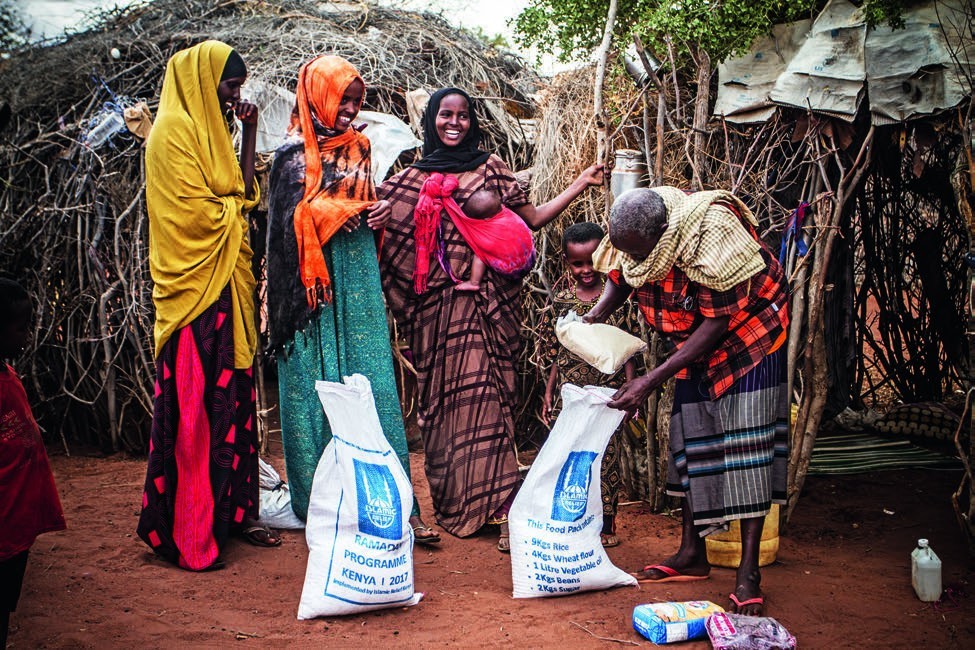Helping out at an orphanage or rebuilding the walls of a local school while on holiday seems like a pretty noble thing to do.



For many of us, travelling the world isn’t a luxury, but a vital part of our lives. But a growing number of millennials want to do more than just sightseeing, and regard travel as a chance to not just gain new experiences, but also give back. This is otherwise known as volunteer tourism, or voluntourism for short.
Despite how noble it sounds, it has its fair share of detractors. Critics not only find the growing phenomenon disingenuous, but also say it often does the beneficiaries more harm than good— particularly when volunteers work on projects that don’t match their skillsets.
Given its bad rep, several organisations that run overseas volunteering programmes try not to let their work be associated with the term.
“I generally don’t use the word ‘voluntourism,’” says Jason Chuei, head of social impact for APAC at Expedia Group. “Rather, we create social outreach programmes, and they involve travel with a purpose.”
Yong Teck Meng, National Director of housing charity Habitat for Humanity Singapore, shares this sentiment: “We’re keenly aware there are organisations that indeed conduct activities where people visit those in need and do bare minimum work, thinking they’re making a difference when the impact of their involvement is negligible. However, our projects are part of a comprehensive approach to provide not only decent homes, but decent communities. After decades of operation around the world, we ensure that real impact and transformation are achieved with the help of our volunteers.”
Call them what you want, but volunteer trips have been on the rise. In fact, there has been such an uptick in the number of volunteers at Habitat for Humanity Singapore that the organisation struggles to find projects for them to work on.
But do these trips really make a difference? We talk to some volunteers to find out.
IT DOES CHANGE LIVES
Sharon Cheah, a volunteer with Habitat for Humanity Singapore, has participated in eight “building trips” (overseas volunteering trips that involve the building of structures) and has led four of them.
Her first build in Sri Lanka left a deep impression on her. It was for a Tamil family that was given a plot of land in a very mature, middle-class residential estate.
“For many years, they lived in a ramshackle hut, and none of their neighbours wanted to speak to them. After all, the man was a ‘lowly’ fisherman. After our build there, he shared that for the first time in years, his neighbours came to talk to him—to ask who we were, and why this group of foreigners were here to help build his house! He had been shunned for so long, and it took a ‘foreign agent’ to break the ice.”

IT ALSO RAISES AWARENESS
As the head of social impact for APAC at Expedia Group, Jason Chuei leads the travel company’s social outreach programmes to regions including Vientiane, Chiang Rai, Siem Reap, Sri Lanka and Tibet.
“It’s essential to understand the needs of the community before embarking on a volunteer trip,” says Jason. “We have to make sure we’re addressing a need, rather than imposing what we think the community might need,” he adds.
“We always aim to create long-term programmes, rather than one-off trips; to create sustainable and meaningful impact, such as by helping to upskill local people to be independent. The purpose of these programmes is to do some good in the communities we work and live in, and where we send travellers.”
“The participants become advocates, ambassadors and storytellers for the communities they’ve visited, informing their friends, family and colleagues about issues faced on the ground, building awareness and empowering others to contribute, too,” says Jason.
WHAT TO EXPECT
Volunteering overseas can be rewarding, but it involves a lot of hard work. As such, Sharon is quick to manage the expectations of the volunteers on her team.
“We could be spending a whole day just mixing concrete or cement and passing buckets and buckets of it to fill the floors of a house. Or we could be laying rows and rows of bricks for the day,” she explains.
But while the work can be mundane, to Sharon, volunteering isn’t just “superficial engagement” and volunteers usually walk away with a better understanding of the challenges the locals face.
“Every time I’m at a build, the saying ‘many hands make light work’ comes to mind, particularly since building work is hard, repetitive labour,” she says. “I explain to team members that they’re there to observe and learn, and not to judge, especially since we’re from Singapore, where things are done so efficiently.”
Teck Meng agrees: “We believe our activities help the volunteers to think deeper into the purpose of their lives and what else they can do to make this world a better place. If our engagement activities do not transform the volunteers for the better, it would make little financial sense to send volunteers overseas to build houses. So in a very real sense, we build more than houses. We build lives, not just among the disadvantaged, but all around.”

ADITI BISEN (SECOND FROM LEFT), 26, LED A TEAM TO WEST NEPAL LAST MAY.
“During university, I volunteered with NUS Operation Orion, a student-led group that does an overseas build project every year. After graduation, I started volunteering with Habitat for Humanity and have been on four projects so far. I’ve done everything from brick-laying and mixing concrete to digging earth and painting.
Each build experience I have been on has focused on fulfilling a real need in the local community. The requirements are gathered at the ground level before the project is finalised. In all the projects I’ve been on, the local community and volunteers have worked alongside each other, which creates a sense of ownership in the community. As a volunteer, I think there is plenty to learn from such an experience.
During a recent trip to Cambodia, we saw a very tangible impact when the wind and rain came on the last day of our build just as we were finishing up. There were about 30 of us (including the family we were building for, team members, construction workers and local staff) sitting comfortably in the newly-completed house. There was a roof over our heads, and we were protected from the rain. Previously, the family had shared that the roof in their old house would leak whenever it rained and it would be wet everywhere.”

BENITA LIN, 27, HAS GONE FOR FOUR BUILDS AS A VOLUNTEER MEMBER AND VOLUNTEER TEAM LEADER.
“I have volunteered with a few teams to build houses overseas. The most recent trip was in early April this year, where we built a house in Battambang, Cambodia over the course of five days. Some of the things we had to do included tying reinforcement bars, cutting and chiseling wooden beams and stairs, cleaning and nailing bamboos for the flooring, mixing and casting concrete, and laying bricks for the stairs and toilet.
TWO MILLENNIAL WOMEN SHARE THEIR VOLUNTOURISM EXPERIENCES

Associate Editor Sophie gave voluntourism a shot. Here’s how it went.























